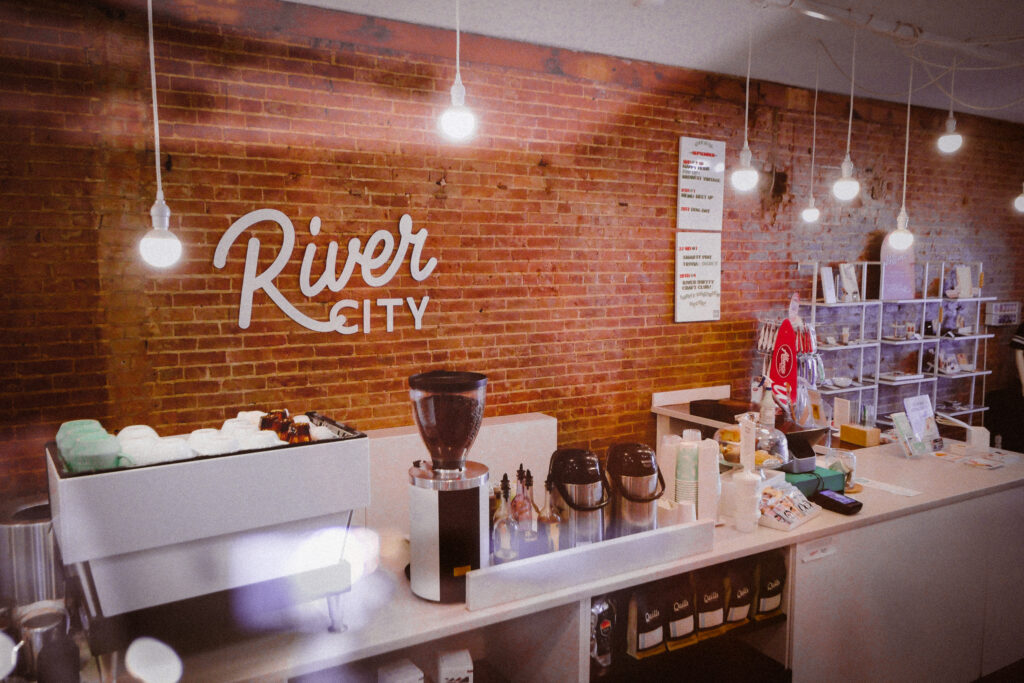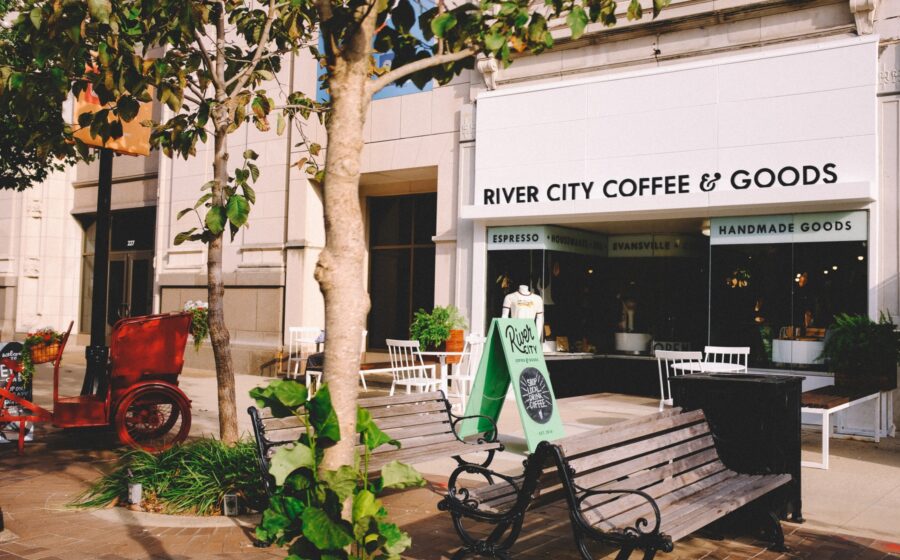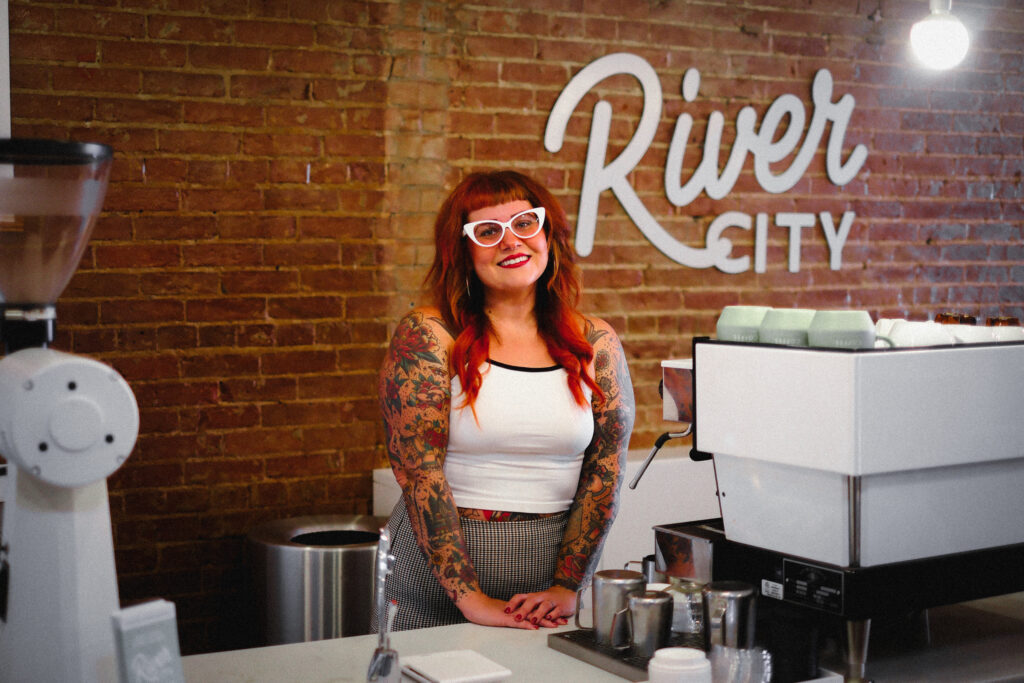“How long until you panic when sales slump? Three years in business and we took our first week of loss.”
This anonymous comment, posted recently on a Facebook group for coffee business owners, was met with a cacophony of commiseration. Scores of business owners chimed in expressing their own anxieties about slow sales periods and customer droughts that feel like they have no end in sight.
With shifting consumer habits, rising costs and inflation impacting coffee workers everywhere, many small businesses, including coffee shops, have seen revenue throttled and profits dwindle.
Starbucks, a bellwether company for many independent coffee shops, reports same-store sales decreased between 2 to 4% in 2024. Notable coffee companies in Colorado and North Carolina filed for bankruptcy during the same time period.
Although a new report from the National Coffee Association shows that people are finally returning to cafes and consumption outside the home has finally reached pre-pandemic levels, many shop owners have had to navigate months, if not years, of slower sales. How have folks who have weathered these slumps stayed afloat?
A Seismic Shift
“A lot of businesses are feeling the pinch. Our costs have gone up some and our sales are down, but it’s hard to say exactly where the loss is. We’re just trying what we can to mitigate that,” says Heather Vaught, founder of River City Coffee and Gifts in Evansville, Indiana.
Vaught had long been a resident of downtown Evansville and bemoaned the absence of a specialty coffee shop in the community.
“I’ve been on the 200 block of Main St since 2008. There were no coffee shops downtown, so I decided to open something,” she says.
River City Coffee and Gifts opened in 2016 and slowly built a following of regular customers.
“We have a solid group of locals that venture downtown just to go to our shop,” she says.
Vaught saw River City grow year after year until she noticed a seismic shift in 2024: sales were down for the first time. Vaught attributes the slower sales to fewer people working downtown and increased competition.
“There are now three other coffee shops on our block. There’s not enough business to spread that way,” she says. “I can’t imagine they’re not also feeling this too.”
Initially, Vaught had hoped the sales slump would be temporary, but it proved to be the new normal.
“I think we’ve done a good job of curating a good space and having a good product, but it’s not working anymore, so we had to go back to the drawing board. It’s very frustrating,” she says. “I’ve tried to penny pinch where I can, but it’s not been enough.”
Taking Action
At River City, Vaught was forced to really take in the gravity of the situation after she struggled to make payroll one month. After consulting with staff, she decided to take action.
“I got to a point where we had to make some hard decisions. There’s not enough room to run a business that way,” she says.
For coffee shop consultant Chris Deferio, a financial crisis in a cafe can be indicative of foundational problems that need to be addressed.
“If you’re talking about survival, you want to think about resilience—having stability and grounding,” he says.
Deferio is the founder of Keys to the Shop Consulting and provides coaching for cafe owners.
“The first thing is to observe your business and really see what’s going on without judgment,” says Deferio. “Make sure you’re not just looking at the numbers, but you’re looking at where the numbers are produced.”
Many cafe owners can be tempted to compensate for slow sales by trying to add new revenue streams, such as a food program or novelty beverages. But Deferio argues that haphazardly implemented changes can have a negative effect.
“You’re trying to make up for the wrong things. Now the customer doesn’t know what you do,” he says. “Do a few things with excellence and expand from there.”
Deferio recommends focusing on the fundamentals. “Identify wastes and inconsistency in quality and hospitality,” he says. “You have to develop a list of actionable values—how you care for each other, the cafe itself, and the customer.”
Financially speaking, Deferio believes many cafes lose money with inconsistent or unsustainable pricing. For Deferio, the industry standard of a seventy percent profit margin on beverages is the minimum if cafes owners hope to be profitable after labor, rent, and variable costs.
“Track your menu items. Use twenty percent as a standard for cost of goods so that with waste and everything else you might still be under thirty percent,” says Deferio. “A lot of people don’t break it down that way, they base [prices] off their competitors, but we don’t know if our competitors are making money.

For Vaught, part of the solution involved cutting costs by shortening hours and streamlining the menu.
“Our coffee bar is now only open until 2 PM,” says Vaught—the cafe previously was open until 7. “We’ve cut out a lot of things from the menu: our pour-over offerings, which is really unfortunate because we were one of the only places in town to offer that. A lot of our regulars were disappointed.”
For Vaught, the hardest part about the shift was offering her employees fewer hours.
“We cut everything we could before we cut hours,” says Vaught. “My employees have been really amazing, and the last thing I want to do is take anything away from them.”
Vaught’s staff offered their own input for ways to streamline service and work more efficiently with fewer baristas on bar.
“They found our breakfast sandwich to be very cumbersome. It was delicious, but if four people ordered it our toaster oven couldn’t handle it,” says Vaught.
Even in the midst of hard decisions, Vaught has found ways to be true to her original vision.
“Since we’re not offering pour overs anymore we’re putting a higher price single-origin coffee on drip. We’re still brewing the specialty coffee that people are excited about,” she says. “At the end of the day I had to come up with a menu that felt right, that still felt like my coffee shop. To have less things to keep tabs on is a lot of peace of mind.”

















